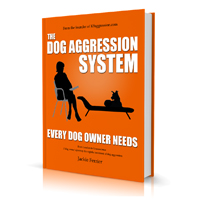Your cart is currently empty!
Are Dogs More Judgemental Than We Think?
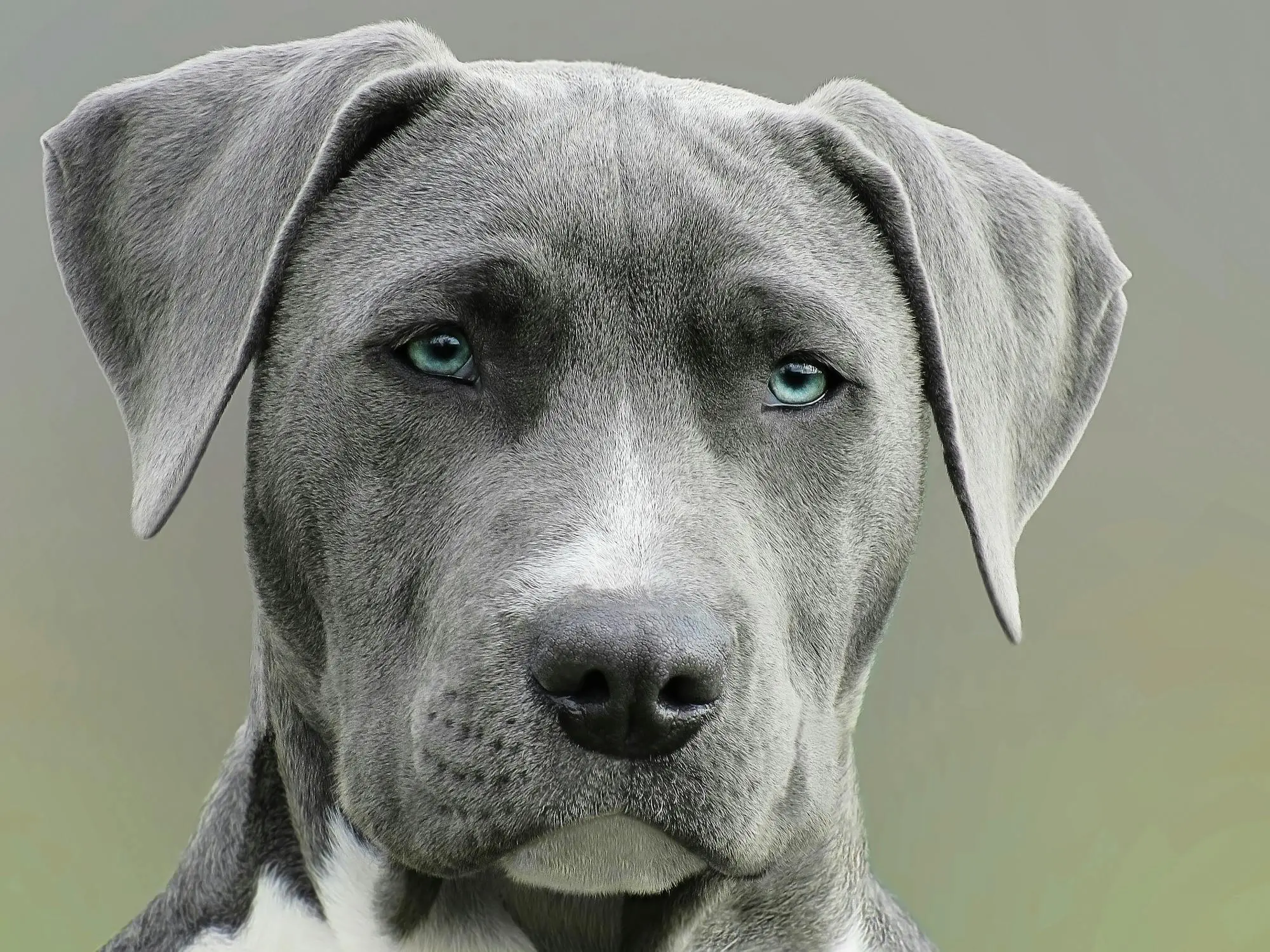
Research suggests that dogs are capable of making judgements based on our behavior. Is this something we can adapt for our shy, reactive or aggressive dogs or do they even have the same ability?
Dogs Judge Unhelpful People
Third-party social evolutions of humans by monkey’s and dogs it suggests that dogs actually negatively evaluate unhelpful people. Dogs that see people being unhelpful to their owners are less likely to take a treat from them than they are from people who are helpful.
For dogs that are shy, reactive or aggressive, the simple fact of not knowing may be enough for the dog to react in a less than friendly way. Some aggressive dogs may even behave in way to “test the waters”, meaning that they may behave in a way to provoke a reaction. If the other dog or person responds in a threatening way or in a fearful way, then they got more information on how to evaluate the situation. Do shy, reactive or aggressive dogs do the same?
Implications for Reactive Dogs

What we don’t know for sure is how many dogs may have difficulty in evaluating social interactions or how many struggle with making sense of certain social cues.
Could a modified test like this be developed with reactive dogs to see if they might be challenged with accurately reading certain social situations?
Possible to adapt the experiment to see if our dog can read the cues?
Could we adapt the experiment working with unknown but otherwise equally behaved dogs or people at a distance (so that our dog could still remain calm). Rather than have the dog approach the person, perhaps the people in the experiment who have been unhelpful/helpful could put a treat or a toy down at a distance, and see if the dog makes any predictable choices about approaching the item.
Implications for Behaviour Modification?
Active behavior modification works best by changing one criteria of a given situation in small increments. Typically we change how long we expect how our dog to remain calm in the presence of the trigger, or the distance between our dog and the trigger, or the distractions. We don’t change all three things at once.
In the case of stranger directed aggression, perhaps we also consider changing the person in terms of what they are doing. Dogs may need to learn that even unhelpful people are not dangerous.
Alternatively, dogs also need to learn how to trust in their humans and take cues from them. Perhaps by the person putting space between them and the unhelpful person could establish trust that people can read situations.
Could We Adapt the Experiment for a Veterinary Home Visit?
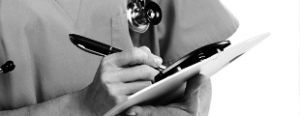
Try sending the link to the research paper and video to your vet and ask if there may be some way your dog can observe your vet helping you before your vet has to deal with your dog.
If your dog doesn’t have separation anxiety for example, perhaps have them observe you from your car interacting with the vet in a parking lot.
Inviting people into the home when your reactive dog is reactive is present can be a recipe for disaster! Whenever your dog is in a situation where he or she feels enclosed or trapped whether it’s your home, on the end of a leash or in a car, your dog is going to be more reactive. But if your dog is at a place in their behaviour modification plan where they have indicated he or she is ready to remain calm in these circumstances, perhaps showing your dog that the person is helpful to you may be helpful.
What if My Shy, Reactive or Aggressive Dog Can’t Accurately Judge Others?
If your dog can’t accurately determine which person is a dog or a threat based on their behaviour, then using this research is unlikely to make much of a difference. But it does tell you that your dog is special and needs special accommodations.
In this case, it may be time to consider seeing a veterinary behaviorist to determine if there is something more at work going on with your dog’s behaviour that can be treated such as a generalized anxiety disorder or perhaps some other issue.
If you’re stuck living with a dog who appears to be incapable of making good decisions about others, then you need to seriously consider two things:
- Keeping your dog away from the things that trigger him or her reaction
- Rock solid training that will get your dog to perform the way you want predictable. Lots of repetition!
Management of your dog’s environment is the safest way to keep your dog from behaving aggressively. It’s easier to put your dog in a quiet bedroom when people come to visit than try to keep your dog in a leash distracted with treats when all they want to do is lunge at your visitor
. But sadly, we can’t account for every scenario, (someone mistakes the bedroom door for a bathroom door, or is looking for their coat, or feels faint and needs to lie down, etc.). So if something fails we need to fall back on training.

Training your dog to sit, lie down, move away, touch a particular target such as a bed or your hand is can be simple to teach, but teaching your dog to perform that behaviour automatically every time without exception is far more challenging.
“Automatic” behaviour needs constant practice repetition in variety of situations. Situation need to be increasing more challenging in nature as your dog is successfully able to perform the behavior.
You still need to be aware that the more stress your dog is feeling at any one time, the more likely they will not perform the behaviour whether it is situational stress, or stress that has been building up over time or a combination of both.
Dogs Evaluate More Than Helpfulness
What is interesting about this study and the video below is that the dogs must also perceive when we are struggling with something. In this case the person is struggling with opening a container and they are using their hands to do it. This is not something that a dog can do (at least easily!), but they clearly understand that not only is it a task we can do but know when we’re having trouble with it.
Not only are they making judgements about the people who choose to help or not help, but they are also evaluating our own behaviour based on the ease or difficulty we are having in being successful with the task.
You might be interested in our new Caution Two-sided sweatshirts or Caution tshirts. They have been designed to catch the attention and communicate caution from a distance even before people can read the shirts.
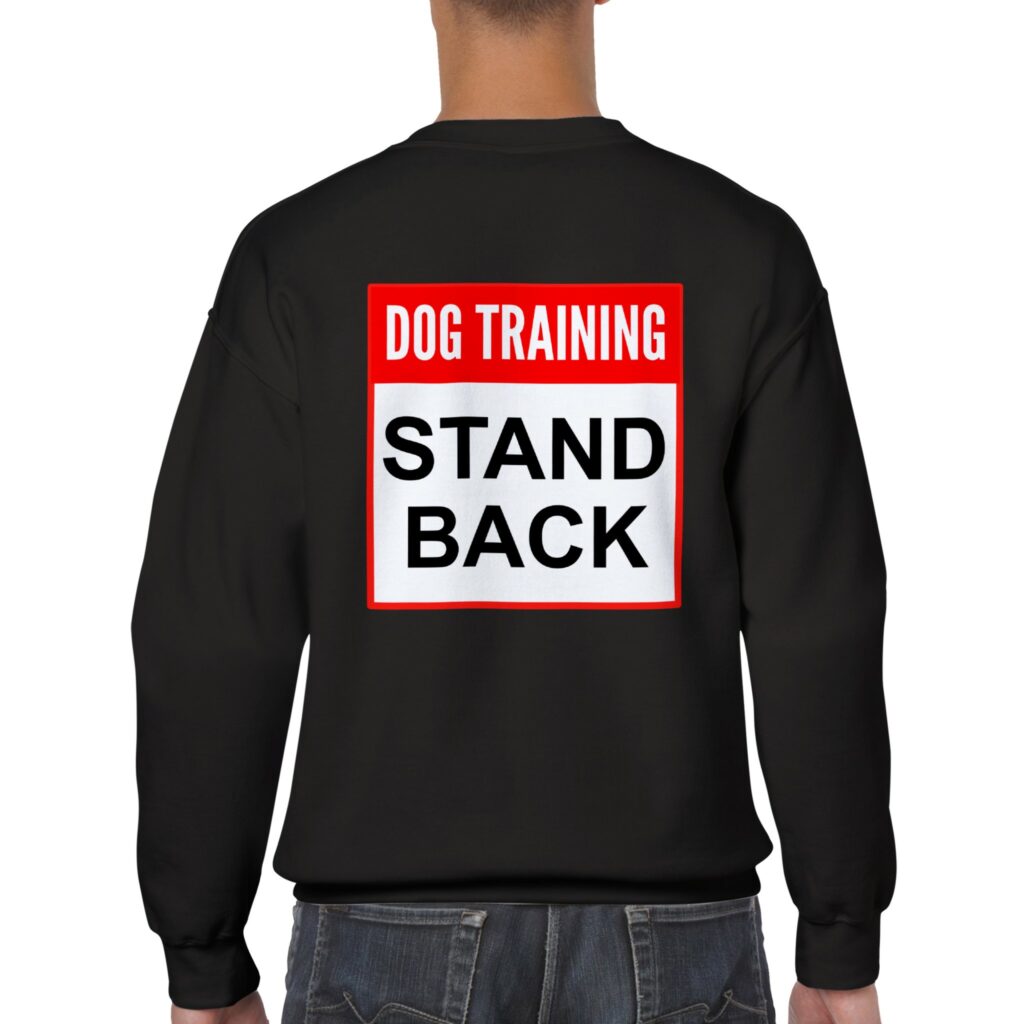
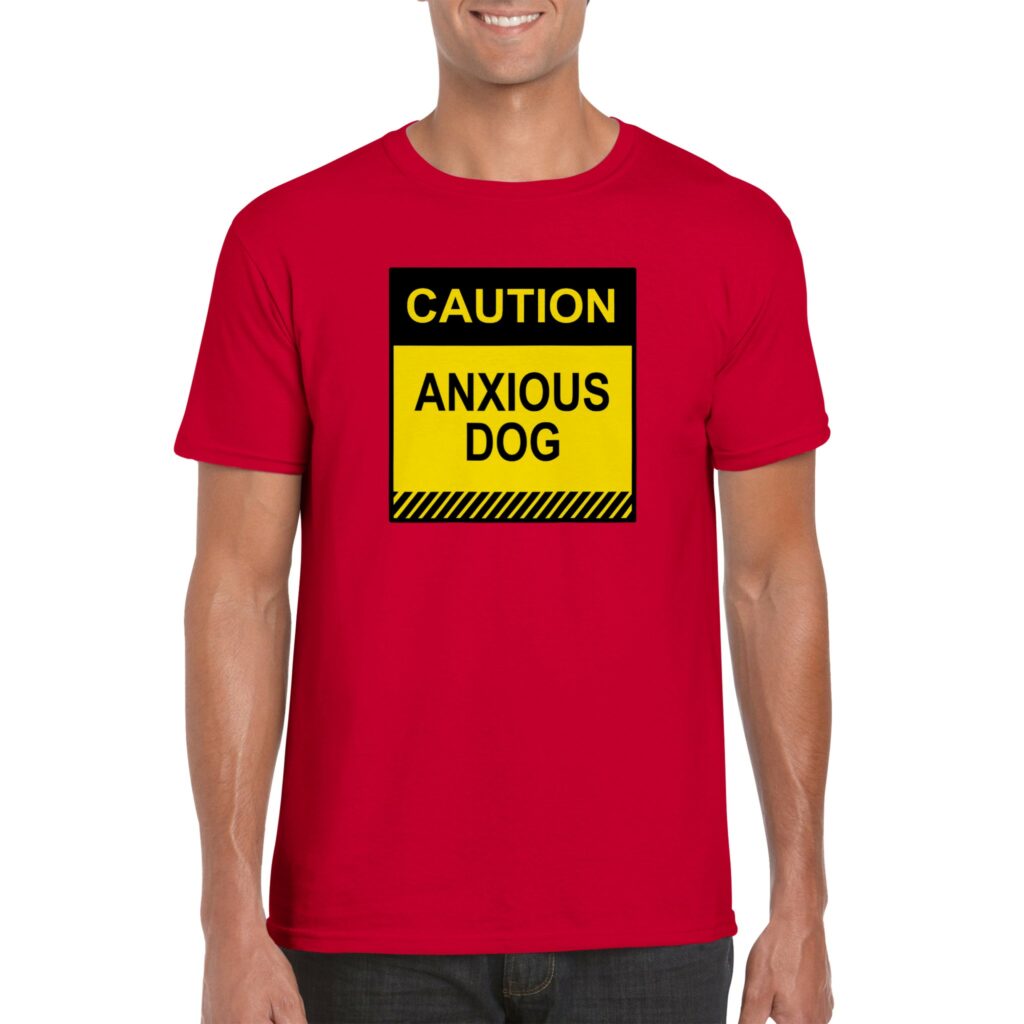
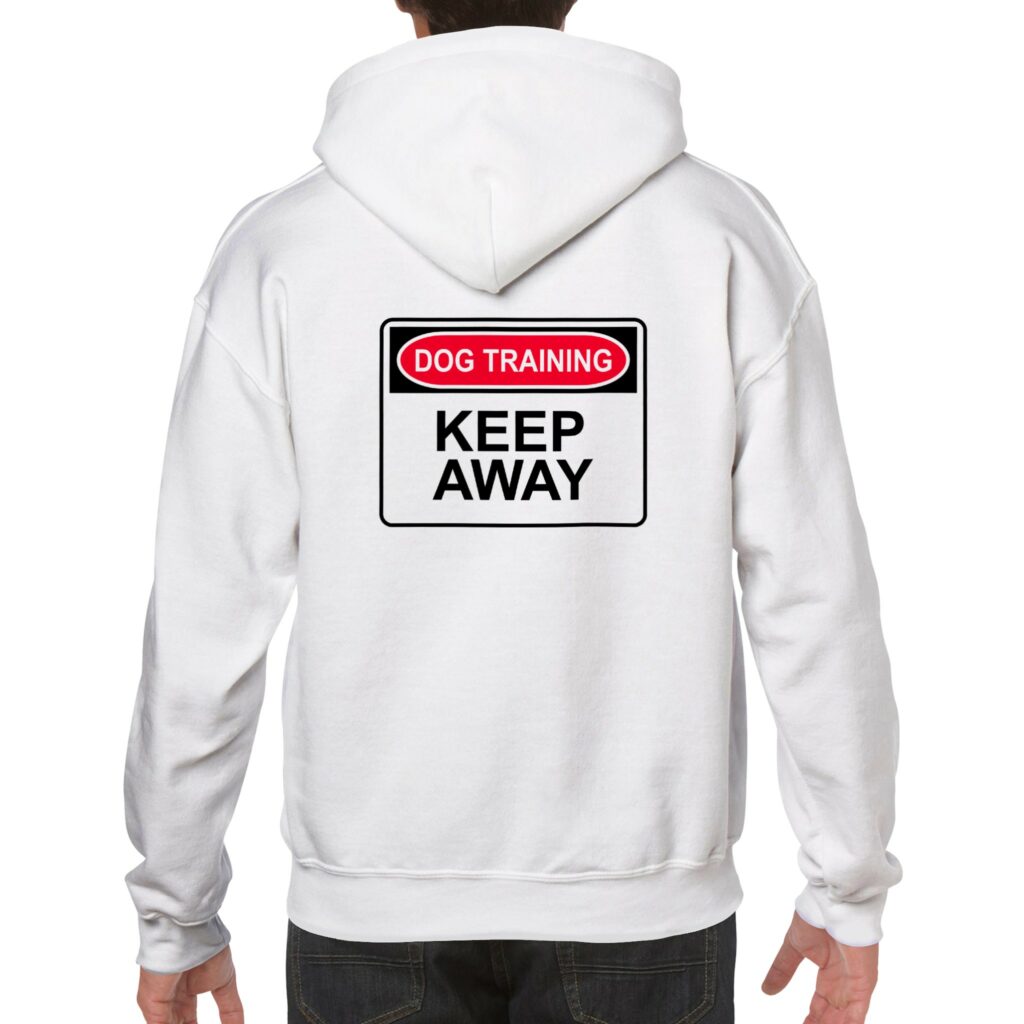
ADVERTISEMENT
The Dog Aggression System Every Dog Owner Needs E-book
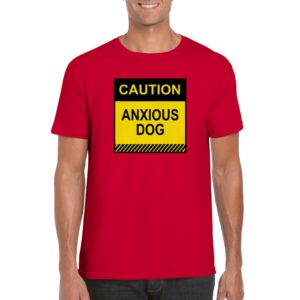
Anxious Dog Shirts only available in our shop
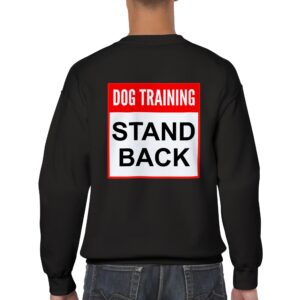
Keep people away with our Stand back shirts

